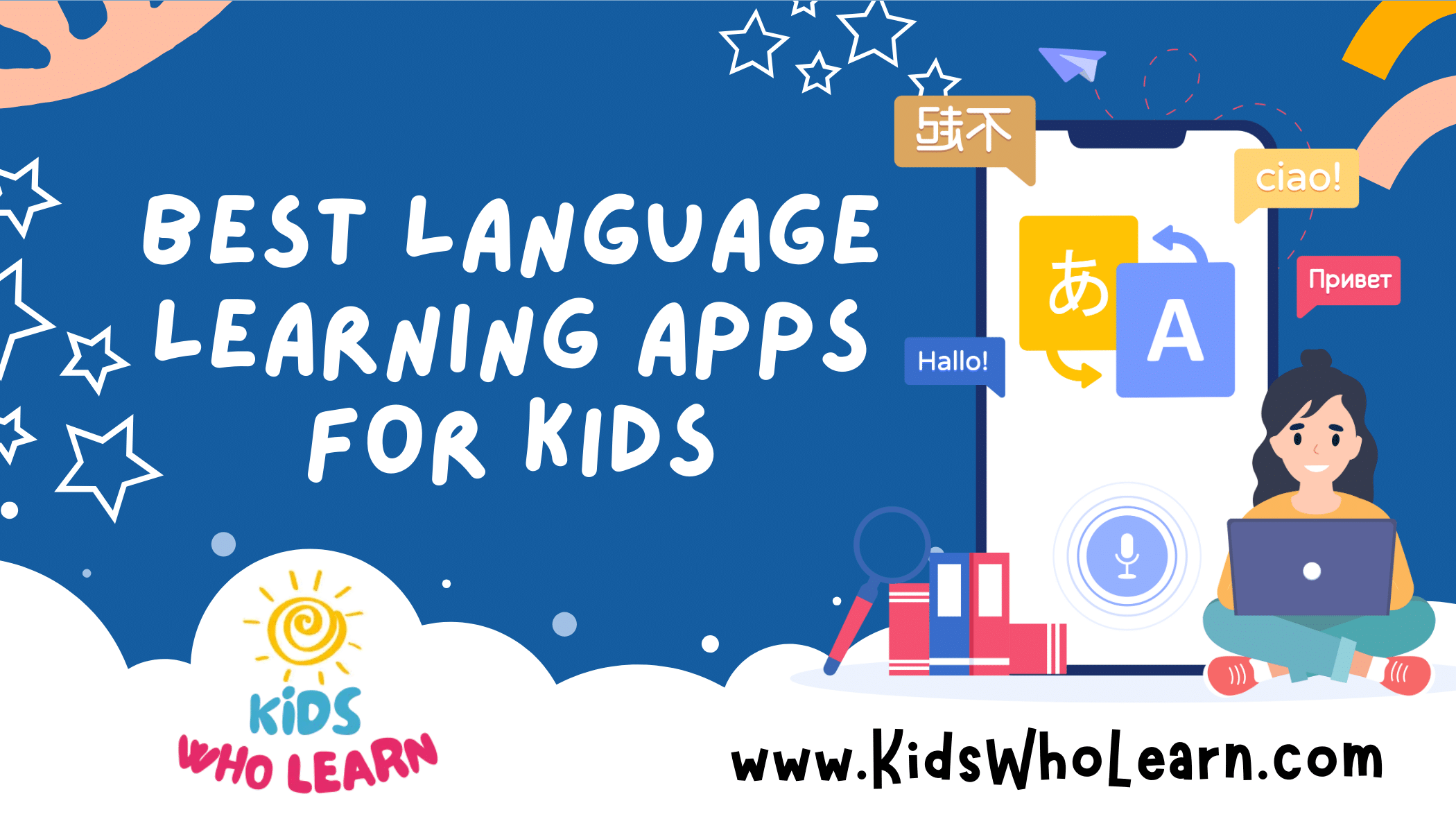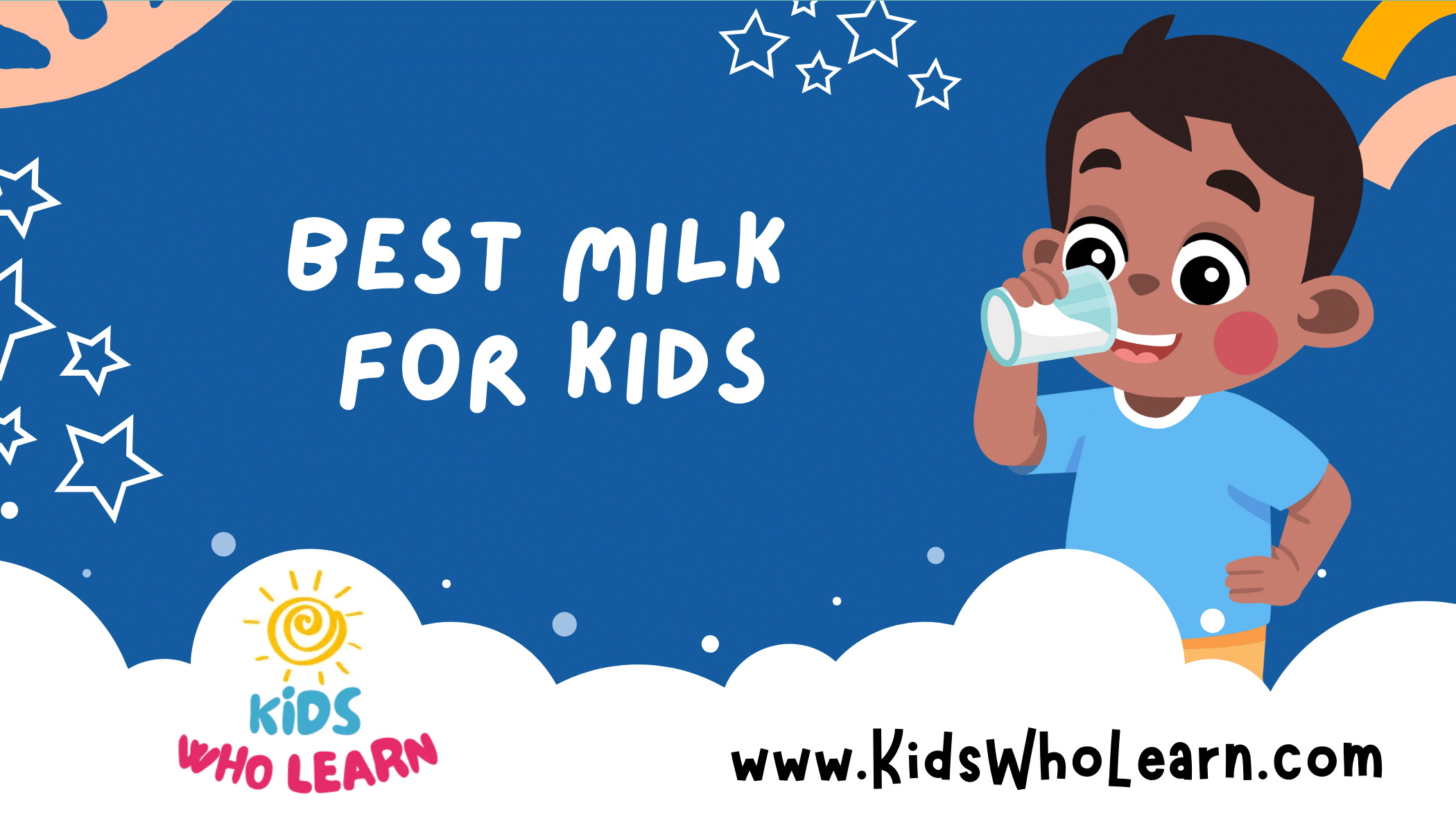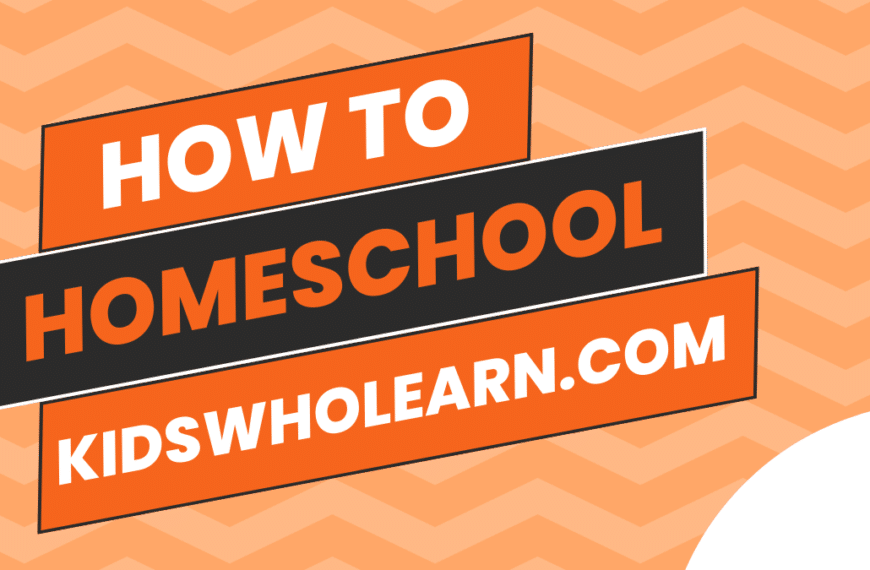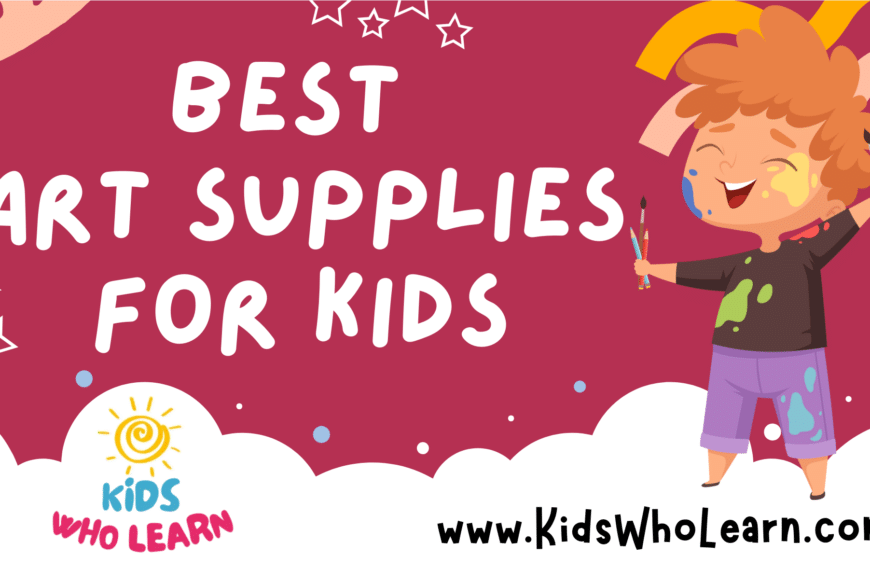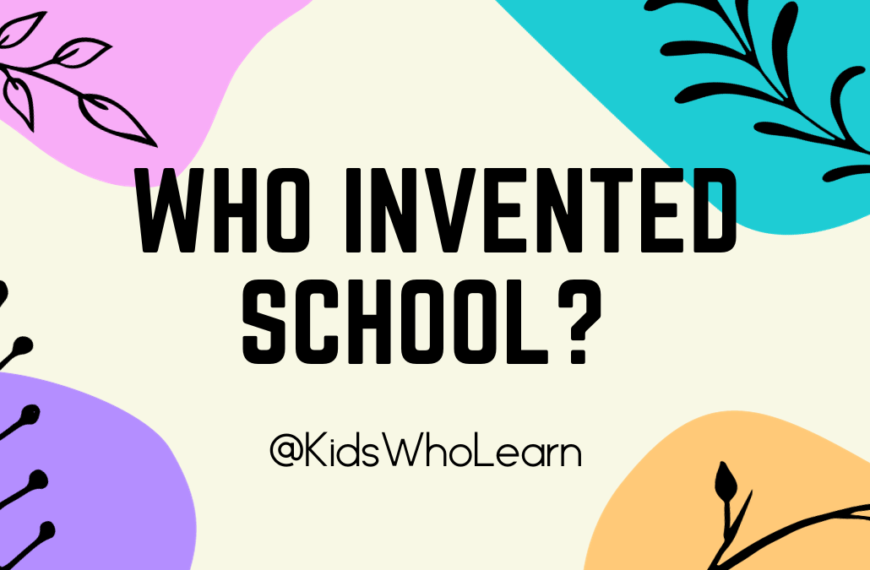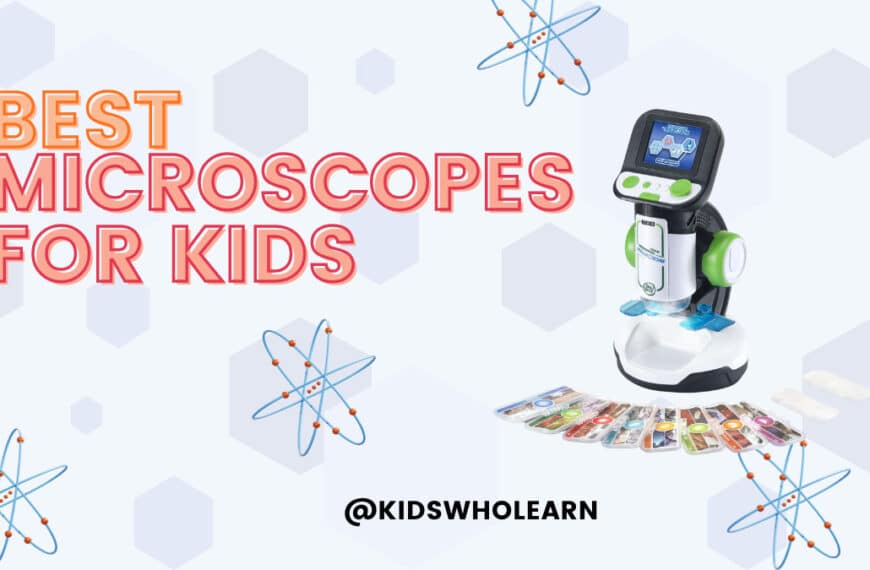In an age where bilingualism has become an asset, introducing children to a new language early on provides them a significant head start. Language learning apps for kids offer a convenient and fun-filled avenue for this educational journey. They blend interactive technology with educational content, making it easier than ever for young learners to engage with new languages. With a variety of apps available, each with its own unique features, children can enjoy a learning experience that’s tailored to their interests and developmental stage.
Selecting the right language learning app is critical to fostering a child’s love for languages. The best apps combine immersive content with interactive features that captivate children’s attention while gradually improving their language skills. Apps often come with resources and tools that help parents track and support their child’s progress. Moreover, elements of cultural education can enrich the learning experience, exposing children not just to a new language, but also to the customs and traditions associated with it. By leveraging technology, these apps not only promote linguistic skills but also encourage cognitive development and social awareness.
Key Takeaways
- Language learning apps offer interactive and engaging ways for kids to learn new languages.
- Choosing the right app involves considering educational content and age-appropriate interactive features.
- These apps support cognitive development and cultural awareness alongside language skills.
Importance of Language Learning in Early Childhood
When you introduce language learning to kids during early childhood, you’re providing them with a valuable skill set that goes beyond communication. Early language acquisition has been shown to positively affect cognitive development and academic achievement. Your child’s brain is at its peak plasticity, making this the optimal time to absorb a second language.
Here are some key benefits of language learning in early childhood:
- Enhanced Cognitive Skills: Studies indicate that bilingual children tend to have better problem-solving abilities, memory, and multitasking skills.
- Improved Academic Performance: Learning a new language can strengthen literacy skills in the child’s native language, often leading to higher academic performance.
- Cultural Awareness: Early exposure to a second language offers your child a unique insight into different cultures, fostering empathy and cultural sensitivity.
Incorporating language learning can take many forms, and apps have become an excellent tool for making learning interactive and engaging. By offering a structured yet flexible learning environment, language apps ensure that your child’s introduction to a new language is enjoyable and effective. Choosing the right app can make a significant difference in how your child engages with and retains a new language.
Below is a breakdown of points to remember:
- Brain Development: Optimal during childhood for language acquisition.
- Skills Enhancement: Boosts critical cognitive functions and problem-solving.
- Literacy: Reinforces native language literacy through second language learning.
- Cultural Exposure: Increases appreciation of different cultures and customs.
Choosing the Right Language Learning App
Selecting the appropriate language learning app for your child involves considering various important factors such as design, accessibility, and parental controls. This decision influences not only language acquisition but also your ability to track and support your child’s progress.
Criteria for Evaluating Apps
When evaluating language learning apps, focus on Design and Accessibility. Look for a user-friendly interface that is engaging for kids. The content should be age-appropriate with visual and auditory elements that can enhance learning. The app should be navigable and understandable for the age group it is intended for.
Pricing is another crucial aspect to consider. Determine if the cost of the app is within your budget and if it offers value for money. Some apps might have a one-time purchase price, while others operate on a subscription model. Analyze if the free features are sufficient or if a premium plan is necessary to gain the full benefits.
| Feature | Why It’s Important |
|---|---|
| Interactive Design | Keeps children engaged and enhances the learning experience. |
| Accessibility | Ensures that the app can be used by children with varying needs and abilities. |
| Pricing | Lets you know if the app is affordable and worth the investment for its features. |
Parental Involvement and Controls
Parental involvement is key to a child’s progress in language learning. Check for Parental Controls within the app that allow you to monitor your child’s activity, set usage limits, and adjust the difficulty level of lessons.
These controls ensure you have the ability to keep the child’s learning experience safe and beneficial. It provides the transparency you need to be a part of your child’s educational journey.
Privacy settings are another aspect of controls that you should inspect. Since your child’s data protection is important, make sure the app has strong privacy policies to keep personal information secure.
| Feature | Why It’s Important |
|---|---|
| Activity Monitoring | Enables you to track progress and areas where your child might need additional help. |
| Usage Limits | Allows you to limit the time your child spends on the app to ensure a balanced routine. |
| Privacy Settings | Protects the child’s information from unauthorized access. |
Top Language Learning Apps Overview
When selecting a language learning app for your child, consider the app’s approach to teaching, the range of languages offered, and how interactive the lessons are. Below, explore the top apps that make language learning engaging and accessible for kids.
Duolingo for Kids
Duolingo has tailored a version of its popular language learning platform for children. With a playful interface, it offers Spanish, French, and other languages in bite-sized lessons. Your child can track progress with in-app rewards, ensuring learning remains a fun challenge.
Little Pim
Little Pim utilizes an immersive method for teaching languages, ideal for young learners. Through entertaining videos, children can learn Spanish, French, Mandarin, and more. Each video targets vocabulary and phrases, promoting natural language development.
Gus on the Go
With Gus on the Go, your child embarks on a language adventure with interactive lessons. Available in over 30 languages, including Spanish and French, it focuses on vocabulary through stories and engaging activities to captivate your child’s interest.
Droplets
A subset of the Droplets platform, designed specifically for kids ages 8 to 17, makes language learning enjoyable. It supports over 30 languages, emphasizing practical vocabulary and phrases through short, interactive exercises suitable for younger learners.
Babbel for Kids
Babbel has crafted a special program for kids, introducing them to languages like Spanish and French through interactive dialogues and speech recognition. It helps build strong conversational skills while immersing kids in the new language’s culture.
Pimsleur
Pimsleur is known for its audio-based language learning system, and this extends to younger audiences as well. Pimsleur offers courses in multiple languages, such as Spanish, French, and Mandarin, focusing on oral skills and comprehension through repetition and engaging content.
Mondly Kids
Mondly Kids provides a fun, colorful environment for children to learn languages like Arabic, Spanish, and French. Interactive games and a conversational approach help solidify language foundations, appealing to a child’s curiosity and love for learning.
Educational Content in Apps
When selecting language learning apps for kids, it’s crucial to consider the educational content. The best apps offer a comprehensive approach that includes vocabulary building, grammar instruction, and pronunciation practice. Each element is vital for developing language skills effectively.
Vocabulary Building
To enhance your child’s vocabulary, look for apps that have interactive games and activities centered around a vocabulary set. These should include a variety of words and phrases essential to the basics of the foreign language. A well-structured app will categorize vocabulary by theme, making it easier to retain and recall.
- Themes: Animals, Colors, Family
- Activities: Matching games, flashcards
Grammar and Structured Lessons
Grammar is the foundation of any language. Choose apps that provide structured lessons on grammatical concepts tailored for children. It’s important that these lessons progress logically, starting from simple constructs and building towards more complex ones. Good apps use a combination of explanation and engagement to teach language skills effectively.
- Lesson Structure:
- Introduction to nouns, verbs, adjectives
- Construction of simple sentences
- Use of conjunctions and prepositions
Pronunciation Practice
Accurate pronunciation is crucial in achieving fluency in a foreign language. Your child will benefit from apps that offer spoken word audio clips, ideally by native speakers. Some apps may use speech recognition to give feedback on your child’s pronunciation, helping them improve over time.
- Techniques:
- Listen and repeat exercises
- Conversational phrases practice
Interactive Features for Engaging Learning
Incorporating interactive features in language learning apps is crucial for keeping your engagement high and making the learning process both fun and effective.
Games and Quizzes
Apps like MindSnacks take a gamified approach to learning. They offer a variety of games that are tailored to improve vocabulary, grammar, and conversation skills. For instance, you can expect:
- Matching games: Pair words with their meanings or images.
- Word puzzles: Unscramble letters to form correct words.
- Quizzes: Test your knowledge with quick, timed quizzes to reinforce learning.
Interactive Videos and Stories
Learning becomes an adventure with apps that provide interactive videos and stories. The entertainment immersion method is a highlight, immersing you in:
- Animated stories: “Stories by Gus on the Go” use animated characters and engaging plots to introduce new words.
- Choose-your-own adventure: Some stories let you decide how they progress, reinforcing language concepts along the way.
Songs and Music
Rhythms and rhymes are powerful aids for memorization. Language learning apps often feature:
- Educational songs: With catchy tunes focused on grammar and vocabulary.
- Music videos: Combing visual and auditory learning by displaying lyrics for you to sing along.
Through these interactive features, you can enjoy a dynamic and comprehensive language learning experience.
App Aids for Parents and Kids
When selecting a language learning app for your child, it’s essential to have features that allow you to monitor their progress and provide additional learning tools such as printables.
Progress Tracking
Your ability to review and monitor your child’s advancement in a new language is crucial. Many language learning apps offer a dashboard where you can see at a glance:
- The number of lessons completed
- Vocabulary words learned
- Time spent on the app
These statistics are often presented in weekly or monthly reports, giving you a clear and detailed view of your child’s language development.
Educational Printables
Supplementing app-based learning with physical materials can greatly enhance the educational experience. Apps that offer downloadable printables provide a tangible way for your child to practice away from the screen. Look for apps that provide:
- Worksheets tailored to different language topics
- Flashcards for vocabulary reinforcement
- Activities that support the app’s digital lessons
These materials should be age-appropriate, engaging, and directly tied to the app’s curriculum for maximum effectiveness in reinforcing the lessons learned.
The Role of Culture in Language Learning
Understanding a language extends beyond grammar and vocabulary. It’s about embracing the broader cultural context which includes customs, traditions, and day-to-day practices. Language learning apps for kids can leverage cultural components to make the process more engaging and effective.
Cultural Immersion via Apps
When you choose a language learning app with an immersion method, you mimic the natural way of learning a language. It means the app will integrate cultural elements, mirror real-life scenarios, and encourage you to interact as if you were in a country where the language is spoken. For example, apps that teach Mandarin Chinese might simulate a market scene in Beijing to introduce new words and phrases within a meaningful cultural setting.
Language and Food
A memorable way to connect with a new language is through food. Apps often incorporate this aspect by teaching vocabulary related to traditional cuisines. Interactive activities might include:
- Virtual cooking classes to prepare a typical dish
- Matching games with food items and their names in the target language
Thus, when kids learn about tacos or sushi, they’re also introduced to a slice of Hispanic or Japanese culture respectively.
Music and Entertainment
The allure of songs and movies in language learning is undeniable. They not only entertain but also offer a rich resource for cultural insights and language nuances. Look for apps that include:
- Songs for children in different languages to teach rhythm and pronunciation
- Short clips and animations inspired by folk tales or popular stories
By integrating multicultural entertainment, language learning becomes fun and much more than a mere academic task. Apps that make use of vibrant music and entertainment rooted in a culture provide a more holistic learning experience.
Advanced Features for Enhanced Learning
To truly excel in learning a new language, certain advanced features in language learning apps can greatly enhance the experience. These features help you practice pronunciation like a native-speaker and engage with the material more deeply through interactive exercises.
Speech Recognition
Modern language learning apps for kids incorporate speech recognition technology that actively listens to your pronunciation and provides instant feedback. This is a crucial tool for mastering the nuances of a new language, as it allows you to compare your pronunciation to that of native speakers.
- American English “R”: A notoriously difficult sound, speech recognition can alert you if you’re pronouncing it correctly.
- Tone-based languages: For languages like Mandarin, where tone changes meaning, the technology helps you match the correct tone.
The speech recognition feature also includes real-life situations, allowing you to practice common phrases and sentences you would use in everyday conversations.
Interactive Exercises
Interactive exercises in language learning apps are designed to keep you engaged and make the learning process more enjoyable. These exercises simulate real-world scenarios and conversations to prepare you for practical use of the language.
- Conversation Simulators: Chat with virtual characters in common social scenarios like ordering food or asking for directions.
- Matching Games: Match images with vocabulary words to reinforce your understanding, an effective way to learn without feeling like a chore.
By interacting with the language as it is used in real-life situations, you build a stronger, more functional command of the language.
Supporting Materials and Resources
Optimal language learning apps for kids enrich the experience with diverse materials. These resources are tailored to enhance visual, auditory, and interactive engagement, thus reinforcing language skills effectively.
Illustrative Animations and Effects
Animations and illustrations play a crucial role in retaining attention and improving vocabulary recall. Here’s what you’ll typically find:
- Animations: Dynamic characters and scenarios that bring words to life.
- Illustrations: High-quality images that support storylines and word meanings.
- Sound Effects: Auditory cues that help in pronunciation and creating a language-rich environment.
Accessibility: Inclusion of adjustable settings for animations and illustrations ensures that learners with different needs can engage comfortably.
Bilingual Books and Resources
Bilingual books are a cornerstone for cross-linguistic learning, and good language apps often feature:
- Interactive bilingual stories.
- Multiple reading levels to suit your child’s proficiency.
Accessibility: Having texts available in two languages fosters inclusivity for various proficiency levels and provides an easy switch for comprehension.
Language Switching Functionality
The ability to switch languages is instrumental for comparative learning. Look for:
- Button: An easy-to-locate switch button to change between languages seamlessly.
- Settings that remember your preferences for effortless transitions during future use.
Sound Effects: Beneficial for immediate auditory feedback when switching between languages.
Language Learning for Different Age Groups
When choosing a language learning app for your child, it’s important to consider their age and developmental stage. The best apps for toddlers differ significantly from those designed for teens and high school students due to varying cognitive abilities and learning styles.
Apps for Toddlers
- Little Pim: Specifically designed for young learners, it uses a playful, immersive method.
- Interactive Elements: Engages toddlers with games and videos.
- Content: Focuses on essential vocabulary.
- Gus on the Go: Stories and adventures capture your toddler’s imagination.
- Feedback: Real-time pronunciation help ensures proper language development.
- Rewards: Progress is acknowledged through fun achievements.
Apps for Teens and High School Students
- Duolingo: A gamified learning experience that keeps you motivated.
- Customization: Tailor your learning with set goals and difficulty levels.
- Linguistic Skills: Equally focuses on reading, writing, speaking, and listening.
- Rosetta Stone: A deep immersive method for a full language dive.
- Live Tutoring: Access to real-time conversations with native speakers.
- Speech Recognition: TruAccent® technology helps perfect pronunciation.
Innovative Learning Approaches
When exploring the best language learning apps for kids, it’s crucial to consider those that employ cutting-edge techniques to enhance the learning experience. Such approaches often combine immersion strategies and gamified learning to keep children engaged while challenging them to achieve fluency.
Immersion Method
The immersion method places you in a virtual environment where all interactions are in the target language. Think of it as a digital sandbox where your kids play and learn, picking up words and phrases contextually. This method stimulates their natural language acquisition abilities and nurtures creativity without the pressure of direct instruction. Apps using this approach might include:
- Scenarios: Simulated conversations, storytelling, and real-life situations.
- Language Exposure: Continuous exposure to the language through audio, text, and visual cues.
Gamification and Rewards
Incorporating a gamified approach blends learning with entertainment, turning challenges into fun activities. Points, badges, and levels create a rewarding system that motivates continuous progress and celebrates milestones. Elements you might encounter include:
- Challenges: Games designed to practice grammar, vocabulary, and pronunciation.
- Rewards: Achievement systems encouraging regular use and consistent effort.
By placing you in immersive contexts and offering a system of rewards, these innovative language learning apps target effective education rooted in engagement and motivation.
Leveraging Technology for Language Learning
Integrating technology into language learning can enhance your child’s experience and provide valuable tools for development. Two key aspects to consider are how easy it is for your child to access the learning material and whether the platform provides an ad-free experience that keeps them focused on learning.
Mobile and Tablet Accessibility
Language learning apps have revolutionized how children acquire new languages by providing interactive and engaging content on devices they are already familiar with. Apps like Duolingo and Rosetta Stone offer bite-sized lessons that fit into a busy schedule. Look for apps with:
- User-friendly interfaces: Clear graphics and intuitive navigation designed for kids.
- Offline capabilities: Download lessons to use when you’re not connected to the Internet.
| App | Age Group | Device Compatibility | Offline Access |
|---|---|---|---|
| Duolingo | 3+ years | iOS, Android | Yes |
| Rosetta Stone | 6+ years | iOS, Android, Web | Yes |
Ad-Free Experiences
An ad-free environment is crucial to ensure that your child remains focused on learning without any disruptive or inappropriate content. Apps like Gus on the Go and Endless Alphabet offer subscription models or one-time purchases, often eliminating ads entirely. Benefits of ad-free apps include:
- Uninterrupted learning: Continuous education without pauses or distractions.
- Safety: Reduces the risk of your child being exposed to unsuitable content.
| App | Ad-Free | Subscription Required | One-Time Purchase |
|---|---|---|---|
| Gus on the Go | Yes | No | Yes |
| Endless Alphabet | Yes | Yes | No |
By choosing apps that prioritize both accessibility and an ad-free experience, you can create a supportive and effective language learning environment for your child.
Social and Cognitive Benefits of Multilingualism
Acquiring multiple languages enhances your communication abilities and broadens your cognitive horizon, allowing for a deeper global perspective and honed critical thinking skills.
Communication Skills
When you learn additional languages, your vocabulary across different languages expands. This enriched vocabulary facilitates more nuanced expression and understanding. On a social level, your ability to communicate with a wider range of people in their native tongues can lead to more meaningful connections.
- Improved listening skills: Engaging with different linguistic structures hones your auditory processing.
- Enhanced expression: A larger lexicon allows you to express ideas more precisely.
Global Perspective and Critical Thinking
As you navigate among languages, your worldview shifts. You’re exposed to various cultural norms and viewpoints, which can foster a strong global perspective. This exposure nudges you to analyze and evaluate different views, sharpening your critical thinking.
- Cultural Awareness: Engaging with languages can reveal cultural subtleties, fostering empathy and understanding.
- Problem Solving: Multilingual individuals often exhibit improved problem solving due to the ability to think in different languages and thus different perspectives.
Expert Reviews and Testimonials
When seeking language learning apps for your children, you’ll find that expert opinions and parental feedback are invaluable. Reputable linguists and educators who are native speakers often evaluate these apps for their educational value and ease of use, providing a robust framework for your decisions.
| App Name | Expert Rating | Parent Testimonial | Language Availability |
|---|---|---|---|
| App A | 4.5/5 | “My child’s vocabulary has dramatically improved!” | Spanish, French, Mandarin |
| App B | 4.7/5 | “Engaging and entertaining for my kids.” | German, Italian, Japanese |
| App C | 4.6/5 | “Great for foundational language skills.” | Arabic, Portuguese, Russian |
Experts appreciate App B for its interactive approach which leverages native speaker audio to ensure accurate pronunciation. Meanwhile, parents rave about the user-friendly interface of App A, which allows children to navigate lessons with ease. Furthermore, the cultural insights provided by App C are noted for enriching the learning experience, making it not just about language, but about global awareness.
Keep in mind the importance of matching the app to your child’s interests and learning style. The consistency of positive reviews across platforms for these apps indicates a reliable pattern of satisfaction and educational benefit. Your choice should align with the app’s features and the outcomes you desire for your child’s language learning journey.
Frequently Asked Questions
Selecting the right language learning app for your child involves understanding the app’s features, ensuring age appropriateness, and considering family engagement in the learning process. These FAQs address common concerns when choosing a suitable language learning tool for young learners.
What features should I look for in a language learning app for young children?
Look for apps with interactive content like games and songs, which hold your child’s attention while teaching vocabulary and grammar. Progress tracking and customization options can adapt the learning experience to your child’s pace and interests.
How do I choose the right language for my child to learn through an app?
Identify a language that aligns with your child’s interests or family heritage. Also, consider languages with wider usage for broadened communication opportunities. Some apps offer multiple languages, which gives your child the flexibility to switch if they show interest in another language.
Can Duolingo’s platform cater to the learning needs of kids?
Duolingo offers a gamified learning experience suitable for older kids who can read and write. The lessons are bite-sized, making the app suitable for short, consistent practice sessions, but it may be less engaging for very young learners who need more visual and interactive content.
Are there language learning apps specifically designed for preschoolers?
Yes, apps like Gus on the Go and Little Pim are designed for preschoolers, focusing on immersive, visual learning experiences with simple vocabulary to suit early learners’ developmental stages.
Which language learning app offers the best experience for families to learn together?
Rosetta Stone has a Family Pack option that provides learning opportunities for multiple family members. The app allows for different profiles and uses immersive methods, suitable for all ages, to foster a shared learning environment.
At what age is Babbel considered suitable for children’s language education?
Babbel is generally suitable for children aged 12 and up. It offers more structured lessons that require reading and grammar comprehension, aligning with the capabilities of older children and teenagers.

